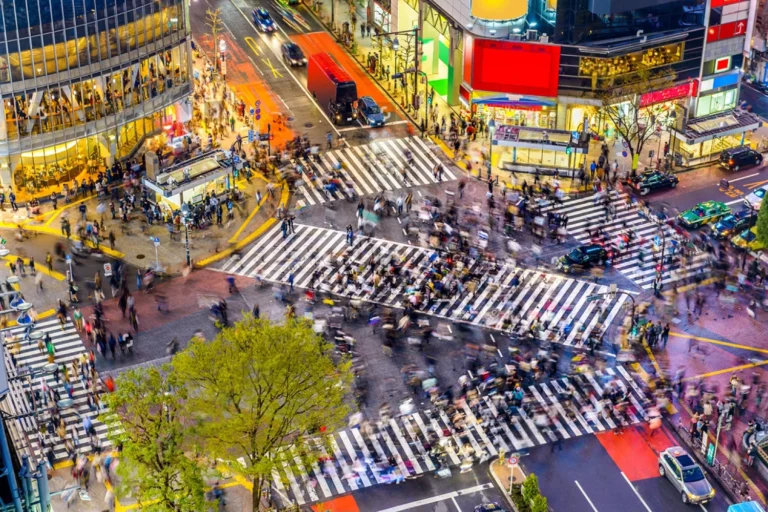Paris: 30 Unusual Facts Beyond the Clichés

There’s something unforgettable about wandering through Paris with no plan, letting the city unfold like a secret whispered just for you. It’s in the echo of footsteps on quiet side streets, the warm glow of a café window on a rainy afternoon, the tiny details that most people rush past without ever noticing. Like peeling back the layers of an old love letter, each corner reveals something unexpected – a softer, truer heartbeat beneath the familiar skyline. And it’s in those overlooked moments, stitched together by chance and curiosity, that the city shows you who it really is.
Paris runs on rhythm, not stop signs.
I remember laughing when I learned the city has just one official stop sign, and then realizing it made perfect sense. Street corners feel like small conversations cars easing, bikes chiming, people reading each other’s pace the way you read a friend’s face. There’s a quiet choreography to it all, a give and take that smells faintly of butter from a nearby bakery and hums with the low purr of scooters.
Maybe that’s the secret charm of Paris: it prefers trust over command. Instead of shouting orders, the streets whisper suggestions, and somehow it works. That lone sign, wherever it stands, feels like a red punctuation mark in a novel that mostly flows proof that the city believes more in rhythm than rules.
I think that’s why it stays with me. It’s a reminder to move through life the way the boulevards do attentive, courteous, a little daring allowing space for grace. It made me softer at the edges, more willing to yield and be yielded to, which, in its own way, is the most Parisian lesson of all.

The “New Bridge” that’s secretly the oldest
I remember pausing on the low stone ledge as the wind off the river carried a damp, mineral smell. Someone’s laughter drifted past, and that’s when the irony hit me: Pont Neuf, the “New Bridge,” is the oldest one still standing. It made me grin, like the city hides a joke in a name.
Here in Paris, the bridge feels generous wide sidewalks, soft light settling on the steps, and those carved faces staring down with permanent mischief. The Seine flashes silver under the arches while couples lean into the breeze and a trumpet threads a note through the traffic hum. It doesn’t try to be grand; it’s just steady, like an old friend who shows up right on time.
I like that its name never caught up with its age. It’s a quiet reminder that what we call “new” can outlast fashions, and that history here still has a sense of humor. Every time I cross, the contradiction makes me smile proof that time can move forward without erasing what it loves.
https://en.wikipedia.org/wiki/Paris
The day a city crowns its baguette
I still smile at how a crust can hush a room. Each year, the city gathers its flour dusted gladiators for an official contest to anoint the best baguette, and the tension is delicious. Judges lean close, listening for the clean crack, weighing the loaf in their palms, breaking it open to a warm breath of yeast and wheat.
Only in Paris would people debate a crumb as if it were a love poem, queuing up the morning after the winner is named and comparing notes on caramelized edges and tender middles. I remember tearing off a heel that day, steam curling into the cool air, and feeling everyone around me soften the way a simple loaf can be treated like a small miracle.
What gets me is how this ritual makes excellence feel everyday, something you can actually hold warm in your hands. The contest isn’t just about bread; it’s about care, patience, and a city’s stubborn belief that even breakfast should be worthy of a cheer. Walking away, I kept the crackle in my ears and the quiet happiness that comes from knowing that, at least once a year, devotion is measured in crust and crumb.

A secret railway blooming into a park
You know that hush you stumble into sometimes? Along the old ring of tracks, poppies lean into the rails and tall grass brushes your ankles. The air smells faintly of warm iron and crushed leaves; bees fuss over thistles, and the only rattle comes from gravel. People drift there urban explorers with quiet eyes, neighbors in no hurry and everyone seems to lower their voice without meaning to.
What surprises me most is how a place built for motion turned into a refuge for lingering. In Paris, this abandoned loop hangs like a rusty necklace, and somehow the wildflowers suit it better than any timetable ever did. I remember the murmur under the bridges, a green whisper threading through concrete, and thinking how cities mend themselves in small, tender ways if we let them.
A hidden labyrinth of six million quiet companions
The first breath down there is colder than you expect, a mineral hush that settles on the skin like chalk. Beneath Paris, skulls and tibias rise in careful bands and rosettes, so precise it feels ceremonial; I remember tracing the symmetry with my eyes and feeling that strange mix of awe and tenderness you get in old churches. It’s an archive of lives arranged into patterns, a library shelved with time.
What caught me most was the sense of edges the way a rope and a sign say this is as far as you go, while miles of unlit corridors keep their counsel. Knowing most of the maze is off-limits makes the open path feel like a whispered introduction, as if the city is letting you hold a single bead from a very long necklace. It’s eerie, yes, but also oddly comforting, the way this place turns loss into order and asks you, gently, to listen.
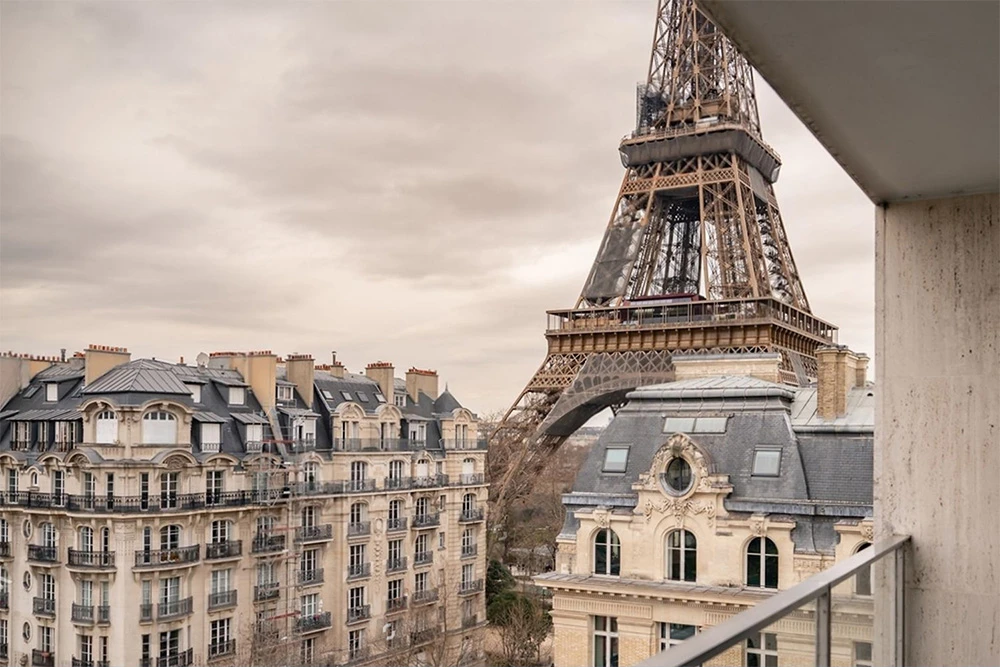
A city of couture once outlawed women’s pants until 2012.
I still blink at the thought here in Paris, of all places, a pair of women’s trousers was once a quiet rebellion rather than just morning routine. It’s wild to imagine the clack of heels on cobblestones, the smell of butter and coffee drifting from a café, and somewhere in the archives a rule that said women needed permission to slip into pants. Like a ghost seam no one bothered to unpick, it lingered for decades, and only in 2012 did it finally give way.
What gets me isn’t the old law so much as the way people kept living past it. Women wore what let them breathe, move, and claim the day; the city, stitched from silk and rebellion, has always looked best when defiance is tailored into its style. I remember sitting under a striped awning in jeans, feeling an odd gratitude for ordinary comfort the kind that doesn’t turn heads anymore and realizing how many freedoms arrive quietly, the way morning light slides across the Seine without asking anyone’s permission.
Parisians once nicknamed purple clad meter maids 'Eggplants'.
I remember a rainy morning when the sidewalks smelled like coffee grounds and wet stone, and a flash of purple crossed the zebra stripes. Someone beside me muttered “aubergine” with a grin, and suddenly the city’s gentle teasing made sense: the parking ticket officers, most of them women in those violet uniforms, carried a nickname that sounds silly until you see that color pop like a splash of plum against the grey.
In Paris, even authority gets a wink. It isn’t cruel, just a gentler way to handle rules, a bit of humor that becomes part of the daily rhythm. Calling them Eggplants turns irritation into amusement, a soft joke the city tells itself while scooters whine and bakery air drifts warm down the block. I liked that how a small, odd word can make room for a little kindness at the curb.

They count the trees, like keeping track of heartbeats
I laughed quietly when I heard it: there are people whose job is to count every tree in the city. Something about that felt tender, almost intimate. I pictured quiet mornings with the smell of damp bark and linden, a soft graphite smudge on a clipboard, leaves whispering like pages turning.
Only Paris would make space for a tree census, as if careful attention could be a public service. It fits the spirit of the place the way small details are treated like treasures. A sycamore flaking like old paint, plane trees lining a boulevard, a tiny square where the shade feels stitched together into a gentle quilt.
Knowing someone is keeping tally of all that green makes the streets feel more alive, and somehow kinder. It reminds me that love can look like taking inventory of what breathes around us. I find myself walking slower, counting in my head without numbers, simply grateful that someone out there is listening to the leaves.
Paris has fountains that fizz like small celebrations
I remember pausing at a quiet square, hearing the cheerful hiss at a simple street fountain and thinking, no way. But there it was: cool, clean bubbles rushing over my tongue, free and unapologetically fancy. In Paris, of all places, the everyday tap had learned to sparkle, and I caught myself grinning like I’d stumbled into a secret shared by anyone who happens to be thirsty.
What I love is the feeling it carries this small, generous luxury folded into daily life. Kids giggle, old neighbors fill their bottles, commuters take a sip between headlines; the city offers a tiny toast to everyone. It’s such a clever kind of kindness: turning something as ordinary as water into a moment, reminding you that delight can be public, and that beauty doesn’t always arrive with a price tag.

A secret apartment tucked atop the Eiffel Tower
I love how places built for millions keep a secret for one. Up above the lattice and the wind that smells faintly of warm metal, there’s a tiny apartment tucked into the summit – a pocket stitched into the sky. Gustave Eiffel used it to host the rarest guests, even Thomas Edison; I picture them talking softly over the hum of the lift cables while Paris glittered below.
What gets me is the tenderness of that idea: inside a monument meant to dazzle, he kept a quiet room for conversation. Ever since I learned about that hidden salon, I think of the Eiffel Tower less as a landmark and more as a neighbor with a cozy top floor nook. It makes the whole thing feel warmer, like brilliance can still make space for a small, human pause.
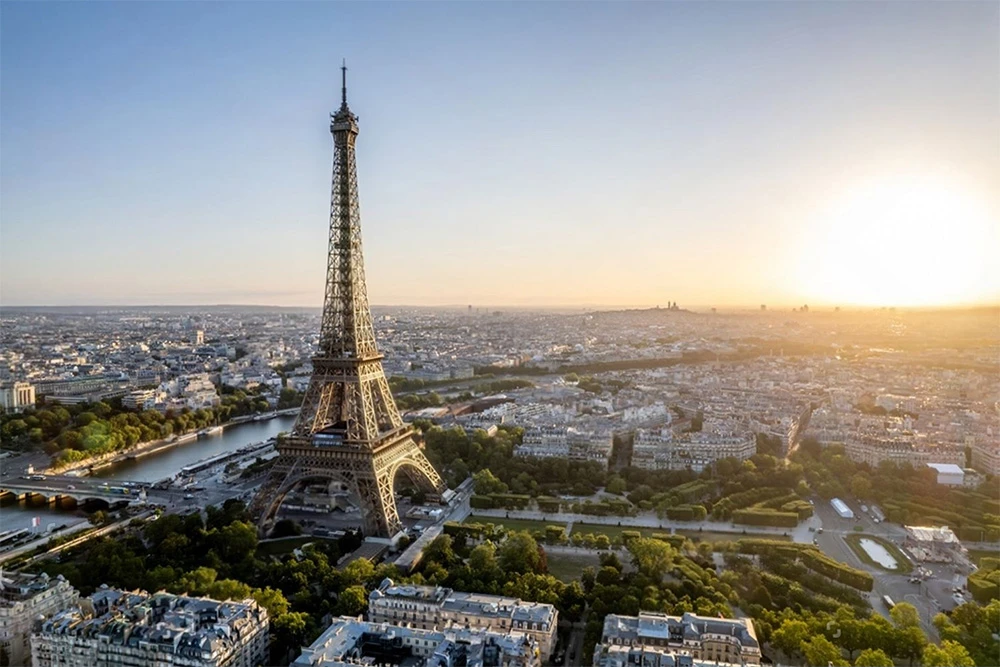
Green havens with whispers of old walls
It still surprises me how a city can feel so gentle. There are about 450 parks and gardens tucked between avenues, each one turning traffic into a faraway hush. In a few, rough stone runs along the grass remnants of medieval walls like the city’s knuckles beneath its skin.
I remember resting on a bench as the air cooled, the scent of damp leaves drifting over, and a sparrow chattering from the hedge. That old stone didn’t feel like a museum piece; it felt lived in, a reminder that tenderness and endurance can share the same small patch of shade. That’s the charm of Paris: you go looking for greenery and find time sitting beside you.

A street small enough to fit in five and a half meters
I still smile at how a city can hide wonder in plain sight. Rue des Degrés, tucked in Paris, is the shortest street I’ve ever met – just 5.75 meters long, a comma in a busy sentence. It’s a skinny run of steps where sound lingers: the quick tap of shoes, a soft echo between walls. The stone feels cool even on warm days, the iron rail faint in the air, and the light falls in a narrow slice that makes the day look carefully framed.
What stays with me is how much life fits here. A neighbor slides past with a paper warm baguette, laughter bounces once and disappears, and above it all the sky is trimmed to a thin line of blue. Standing there, I remember thinking that smallness sharpens the heart – that a whole place can be held like a held breath, and somehow it feels enough.
Opera rooftops hide bees and a fleeting city honey
I still smile at the thought that above those chandeliers and velvet seats, the Opera House keeps a soft secret: hives humming on the roof. The sound is gentle, almost like a tiny orchestra tuning up, with bees slipping over domes and statues while taxis murmur below. Some of the grandest landmarks keep them, quiet neighbors in a high up garden.
Once, a friend let me taste a spoonful, and I swear it carried linden blossoms, a whisper of chestnut, even a hint of rain on old stone. It felt oddly intimate, like being let in on the city’s private laughter. That’s the part that stayed with me the way something so small could taste like such a big feeling in Paris.
The batches are tiny and vanish fast, gone before the rumor finishes traveling down the block. Maybe that’s why it feels precious: the sweetness exists only for a moment, then it’s memory. A jar like this is a city poured into a jar, and knowing those bees are working quietly overhead makes the streets feel softer, as if the rooftops are looking after us.
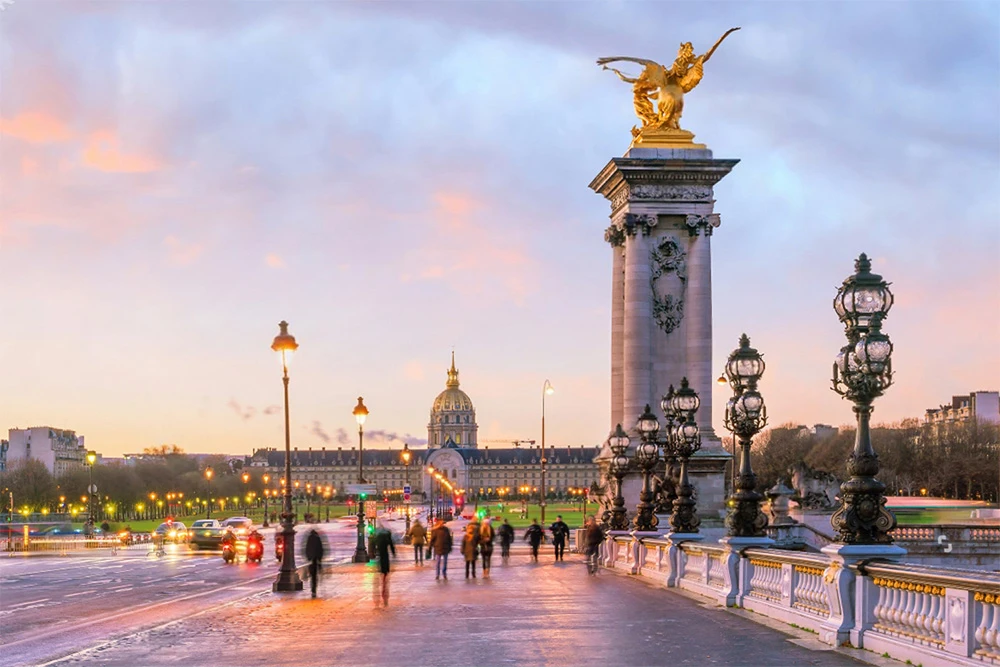
Summer beaches roll out along the Seine’s banks
I still smile at that first step onto warm sand where you expect cool stone, the river breathing softly beside you. Palm fronds rattle like light applause, kids sculpt lopsided castles, and somewhere a radio drifts through the heat with a lazy tune. The air smells like sunscreen tangled with fresh baguette, and the whole riverbank feels like a postcard unrolled along the water.
Every summer, Paris decides the sea can come to the city, and it does so with a wink striped deck chairs, shade from improbable palms, and a breeze that's more kindness than weather. I remember watching office workers loosen their day, toes buried in sand, and thinking how tender it is when a place meets you halfway. It’s less about pretending to be somewhere else, more about the quiet joy of staying put and still feeling carried proof that a city can love its people enough to build them a shoreline.
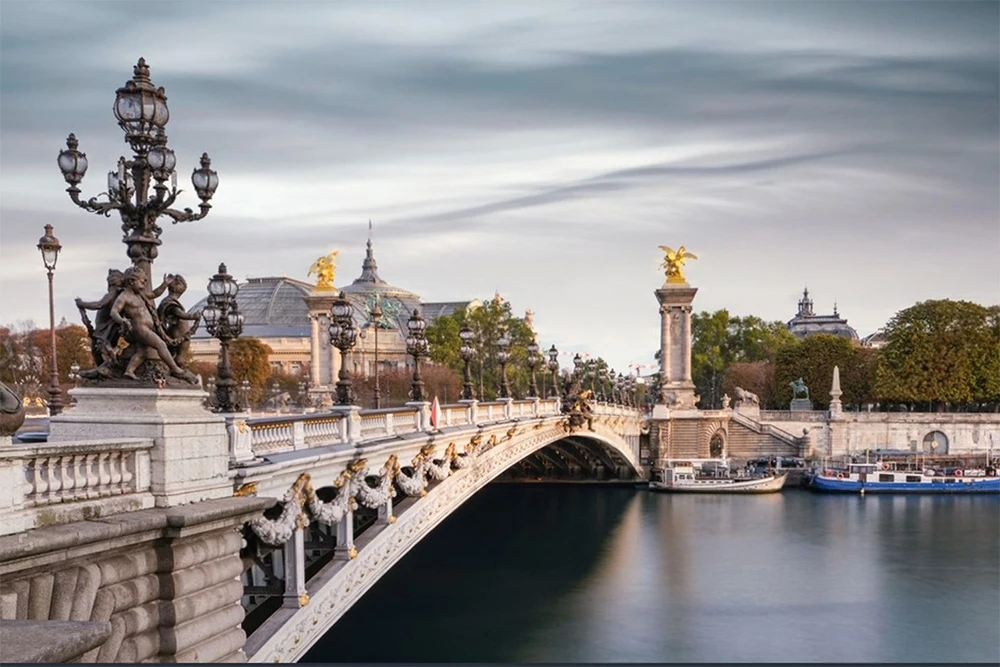
Walking the underworld that inspired Victor Hugo’s Les Misérables
I didn’t expect a city’s heartbeat to sound like water. Down in the cool hush, the air had a metallic edge, and footsteps softened into a steady echo while small currents chatted along the channels. At the Paris Sewer Museum, the maps and tunnels unfurled like the veins of a sleeping giant, and suddenly Hugo’s pages felt damp and real his shadows, his chase scenes, his tender sense that beneath the boulevards, lives were colliding and changing.
What got me wasn’t the oddity of it, but the tenderness. Seeing the hidden work that keeps people safe and streets shining made the whole place feel like a backstage where the city rehearses being itself. It reminded me that romance here has grit threaded through it, that compassion often lives under the surface, and that beauty isn’t only in the light on the Seine sometimes it’s in the quiet machinery below, carrying everyone along.

The oldest planned square hides in the Marais
There’s a hush under the lime trees here, the kind that makes you lower your voice without knowing why. Red brick and slate roofs ring the lawn in tidy arcades, and in the middle a fountain murmurs like it’s reading old letters aloud. This is Place des Vosges, laid out in 1605-the oldest planned square in Paris and somehow it still feels new every time you wander through.
I remember being surprised by how gentle order can feel. The symmetry doesn’t straighten you out so much as it steadies you, like a pocket watch ticking softly in a coat you thought was empty. It’s the kind of beauty that doesn’t announce itself; it waits, and when you notice, you feel that quiet, durable confidence the city carries even on ordinary afternoons.
A café older than a country still pours time
I remember slipping into a room of amber mirrors and creaking floors, where the air smelled like coffee and warm sugar. Someone laughed softly, a spoon kissed porcelain, and steam fogged the window just enough to make the street blur. Then it hit me: this place has been open since 1686-serving cups long before the United States was even a country. There’s a special hush in Paris when history sits at your table.
What moved me wasn’t the age like a museum tag, but how the hours seemed to soften, voices rounding at the edges, patience returning in small sips. A place that has survived revolutions and fashions becomes a clock that runs on steam and conversation. I left feeling gently resized, like my worries had been given a seat and told to rest; maybe that’s the quiet magic of a true café teaching us that time, when shared, tastes a little sweeter.
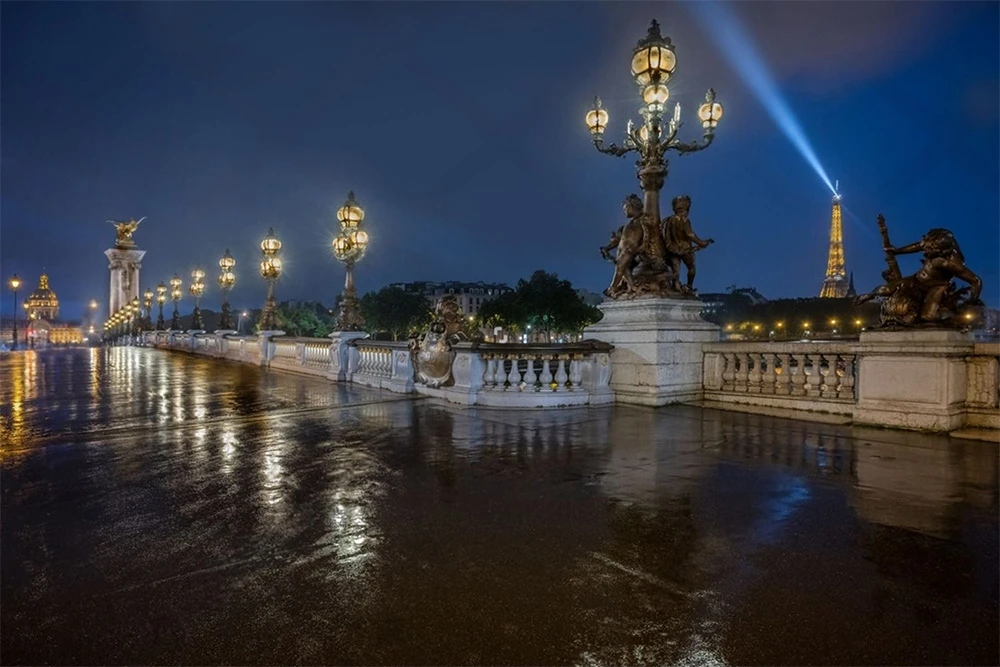
Style rises from the memory of a swamp.
Funny how a neighborhood can feel so self assured, all polished windows and warm bakeries, and still carry the murmur of mud. I remember learning that Le Marais was once a literal swamp, and suddenly the cool nonchalance made sense: this elegance grew out of something soggy and stubborn. On some damp mornings the stone keeps a shy chill, as if the old water still lingers beneath the cobbles.
That history changes the way the shops and galleries feel less like trend, more like resilience. It’s comforting, honestly: fashions pass, but places remember, and what lasts is perseverance learning to dress well. When evening light slides along the facades and the air smells faintly of butter and rain, I find myself quietly cheering for every soft corner that once sank, now standing easy.

Napoleon's arch of glory he never lived to see
I always get quiet when the roar of the roundabout softens into a steady hush and the stone above catches the last honey colored light. It’s wild to think the Arc de Triomphe was Napoleon’s idea, yet he never saw it finished a victory he ordered that arrived after he was gone.
Up close, you can trace names with your eyes, feel how the carvings hold both pride and ache. The whole thing rises like a wreath of stone lifted to the sky, and it reminds me how the grandest plans often outgrow their makers. It’s a little tender, isn’t it, to imagine him picturing parades while time quietly rewrote the ending.
Cities keep long promises; this one just took decades and a few fallen crowns. And standing there, I catch myself hoping my own half built dreams might find caretakers too, finishing themselves in the patient air after I’ve moved on.
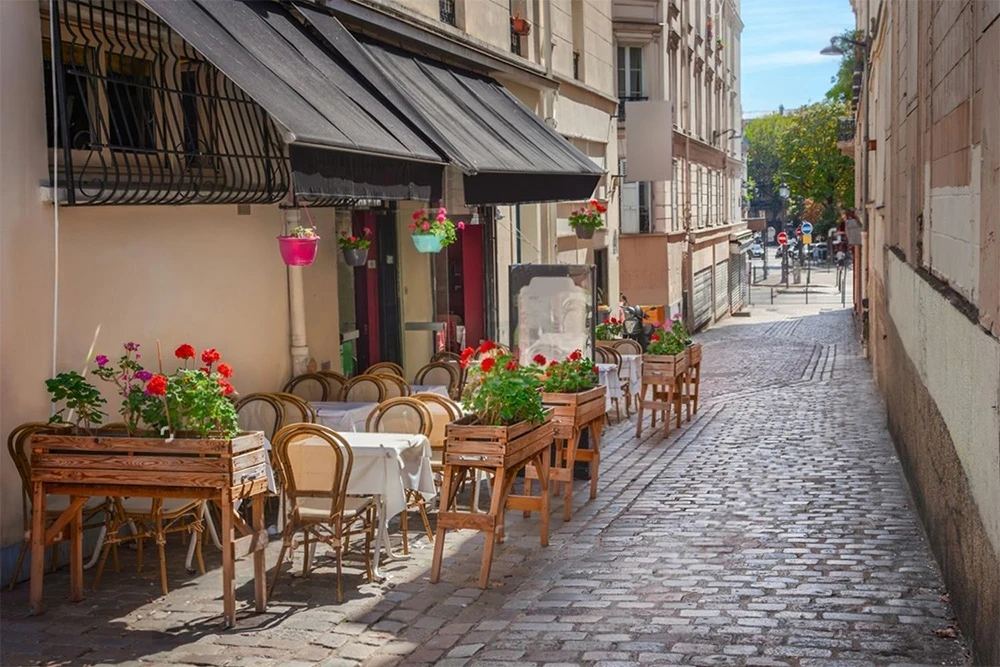
Where Paris Keeps Its Quietest Legends
I didn’t expect a cemetery to feel so alive. Between damp leaves and sun faded flowers, there’s a hush that softens you, the kind of quiet that invites people to speak gently and remember. I remember pausing by a lipstick kissed angel and thinking how grief and fandom braid together tender and a little strange.
At Père Lachaise, the resting places of Jim Morrison, Oscar Wilde, and Edith Piaf turn simple footpaths into a pilgrimage. You notice guitar picks and scribbled lines of poetry, a glimmer of candles, a scarf left like a promise. It’s the largest in Paris, yet somehow it feels intimate, as if the trees have learned to lean in and listen.
What surprised me most was how hope threads through the stillness. Standing there, you feel how a voice, a poem, a wild song can outlast the bustle of everyday life, like a library of whispered stories we carry in our pockets. The place doesn’t feel morbid; the air hums like a low chorus, and you leave a little softer than you arrived.
Where the streets are paved with quiet wood
The first time my shoes met a wooden street, I swear the city lowered its voice. The step made a warm thud instead of a click, and after rain the air smelled faintly of resin and old carpentry. I remember feeling oddly cared for, as if the pavement had decided to be gentle for a change.
In Paris, a few lanes still wear wooden cobbles an old, clever hush laid down to soften the clatter of carriages outside wealthy homes. It’s such a revealing kind of luxury, isn’t it? Not gold, not marble, but silence. I caught myself thinking that even noise has a neighborhood, and that someone once spent real money to keep their night soft.
Now it’s scooters and vans passing by, yet the wood still takes the edge off, turning rattle into a steady murmur. Standing there, I felt the past working quietly underfoot, like a little library for wheels where every sound is asked to whisper. That softness doesn’t belong to anyone anymore; it just lingers, a small kindness woven into the street.
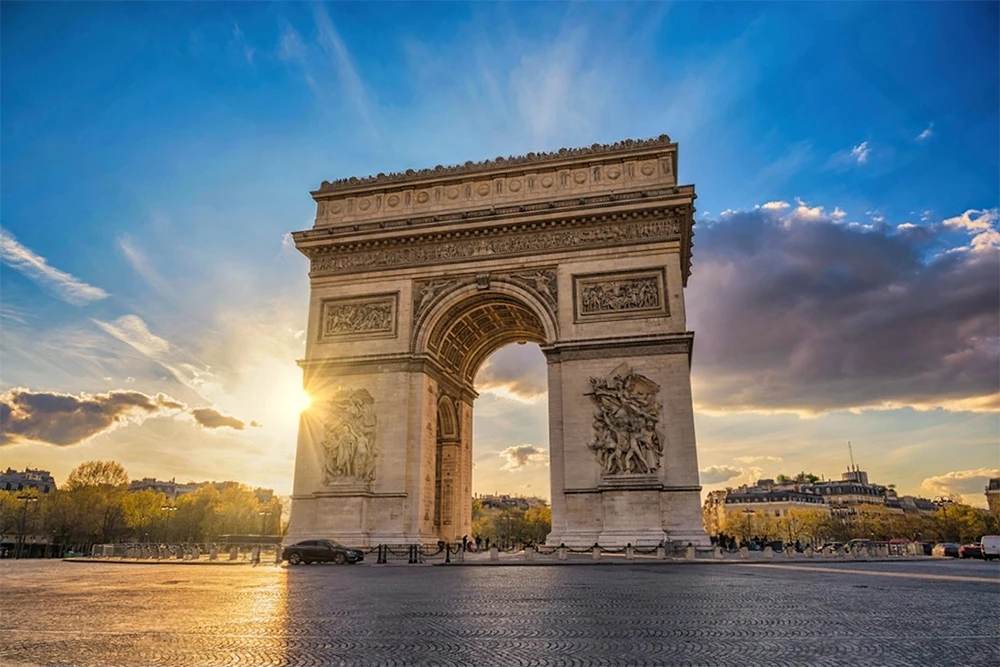
Where bubbles outnumber the stars each night
I laughed when I first heard it: the Moulin Rouge goes through more champagne than any other single venue on earth. But it makes a mischievous kind of sense the moment you picture it crimson velvet catching the glow of footlights, feathers trembling as the room hums, and that soft hiss when a cork is teased loose. The bubbles rise like applause in a glass, and suddenly you understand that this place doesn’t just serve drinks; it fuels a nightly mood, a small, fizzy permission to feel extravagant.
What surprised me most wasn’t the excess, but the tenderness of it. Each flute felt like a tiny celebration handed from stranger to stranger, a bright thread stitching together the room’s collective heartbeat. Once, passing under the red windmill after midnight, I remember thinking the whole street shimmered a little, as if a river of stars had spilled from the cabaret doors. It’s a reminder that joy, when shared so openly, multiplies an effervescent chorus that keeps the night buoyant long after the music fades.
August turns lively streets into hushed, sunlit echoes
The quiet feels sudden, the kind that makes you lower your voice without knowing why. Metal shutters click down, bakery doors wear tidy notes promising “à bientôt,” and the air smells of hot stone and summer dust. I remember one morning when my footsteps sounded too loud in the lane and the stack of café chairs barely rattled beautiful, a little eerie, and strangely intimate.
In Paris, August is when locals vanish to the sea and mountains for their long vacances, and whole streets drift into a gentle half dream. It’s surprising how quickly you start to notice the small things that usually blur: the worn shine on a brass door handle, a bell echoing through an almost empty square, a waiter with time to chat because every regular has gone. For travelers, it feels like an invitation to listen for the city’s softer heartbeat like a theater after the final bow, still warm with stories.

A Parisian Liberty quietly gazes west toward home
That small flame over the river caught me off guard familiar, yet not quite the size my memory kept. The bronze looked softer in the late light, with the wind off the Seine carrying a hint of rain and old stone. It’s a Statue of Liberty, one of several replicas, and the most beloved of them faces west, as if keeping her American sister in sight. I remember smiling at the thought, like a sister sending a long distance glance.
There’s something tender about that direction, as if two cities were waving across the water each evening. It made me think of how ideas travel freedom, welcome, stubborn hope and how they land, take root, and grow accents of their own. In Paris, copies aren’t just copies; they feel lived in, folded into the hum of traffic, the chatter on the quays, the gulls wheeling pale against the bridges.
Standing there, I felt the distance between places shrink to the width of a river. The statue didn’t feel like a monument so much as a small lighthouse of friendship, steady and unshowy. It’s surprising, and kind of beautiful, that a city so proud of its originals keeps a gentle eye turned west, reminding you that belonging can stretch comfortably over an ocean.
France’s guillotine lingered into the modern age
I remember the hush that fell over our table when someone mentioned the guillotine lasted here into our lifetime. Not a legend France’s last execution was in 1977, and the death penalty wasn’t abolished until 1981. The hiss of an espresso machine, the wobble of a café glass, suddenly felt older, like a cold draft slipping under a door.
That’s the strange tenderness of Paris: so much light on the river, and yet history keeps a firm hand on your shoulder. Knowing this doesn’t make the city darker to me; it makes its grace feel earned, the softness of today laid carefully over a hard past. Once, passing those stern stone walls along the quay, I felt the faint chill of those years and was suddenly grateful for the mercy that finally arrived.
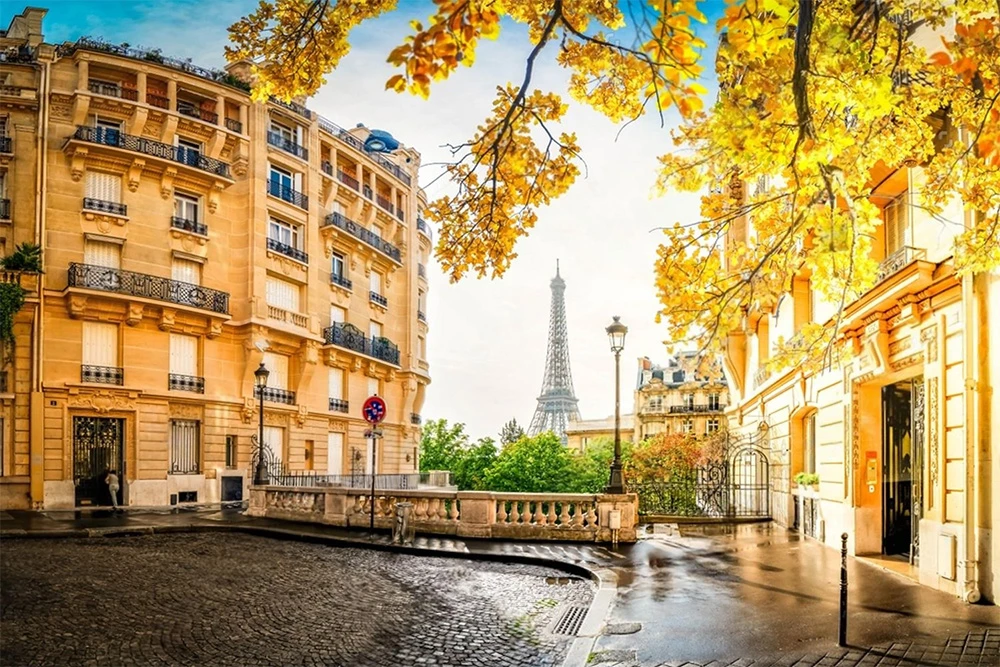
Two hundred days at thirty seconds per masterpiece
It still makes me laugh and ache a little just to glance at everything would take more than two hundred days, if you spent only thirty seconds with each. In those halls the air smells faintly of varnish, footsteps hush into the marble, and light skims the gold of old frames. The thought feels impossible, like trying to read an entire library on your lunch break.
I remember standing there feeling wonderfully small, because the museum isn’t something you finish; it keeps unfolding. The Louvre is a city within a city, where centuries sit side by side in Paris. Thirty seconds per piece suddenly sounds less like efficiency and more like a dare to slow down.
Maybe that’s the beauty of it: you let a few works choose you back, and the rest can wait for another life. I left measuring the day not by how much I saw, but by the moments that made my chest go a bit light a drape of paint, a marble curl, the quiet confidence of a small, overlooked sketch. An unfinishable place feels strangely generous, because it leaves you with a quiet sense of more to come.
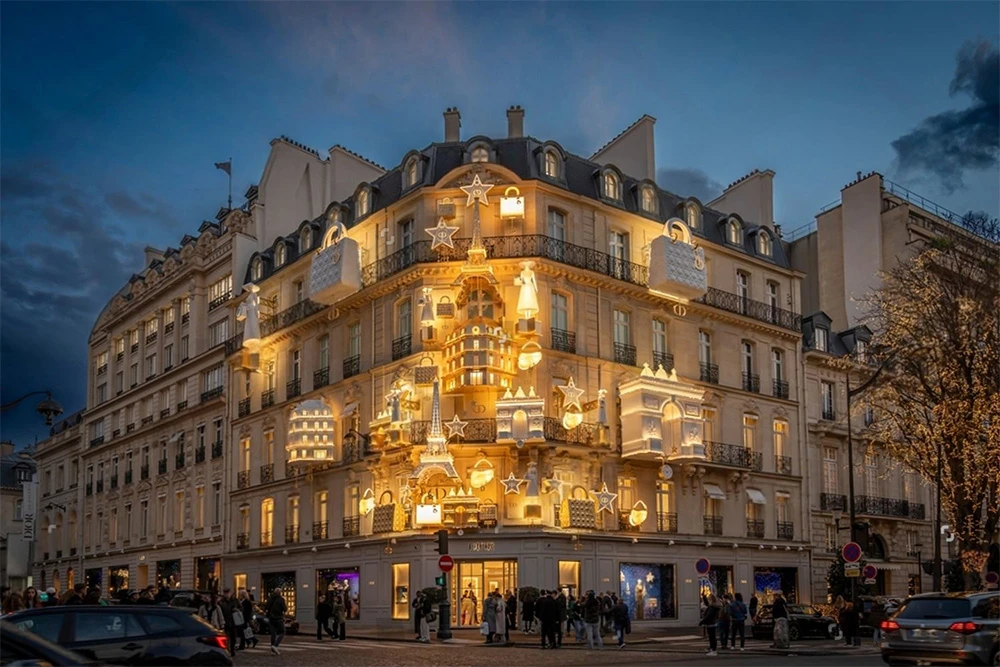
When a Dreamy City Doesn’t Match the Dream
I remember arriving with postcard scenes queued in my mind: moonlit bridges, quiet cafés, effortless charm. Then the air hit coffee mingled with diesel, sirens threading the distance, rain tapping at slate rooftops. A waiter’s shrug, a scuffed sidewalk, perfume colliding with the damp underground beautiful, yes, but not the story I’d rehearsed.
There’s even a name for the jolt Paris Syndrome when Paris refuses to match the dream. Some visitors, especially from Japan, feel that mismatch like a sudden drop in the stomach; the myth buckles and the city feels unkind. It’s startling how heavy our expectations are, shaped by films and postcards, until real life seems too loud, too human.
What helped me was letting the dream crack like the sugar lid on a crème brûlée sharp for a second, then warm and honest underneath. The city is a mirror; when I softened my script, it showed me rain sparkled streets, a stranger’s unexpected kindness, the way croissant crumbs cling to a napkin and make you smile. Maybe the beauty here isn’t in perfection, but in the dissonance that teaches us how to listen.
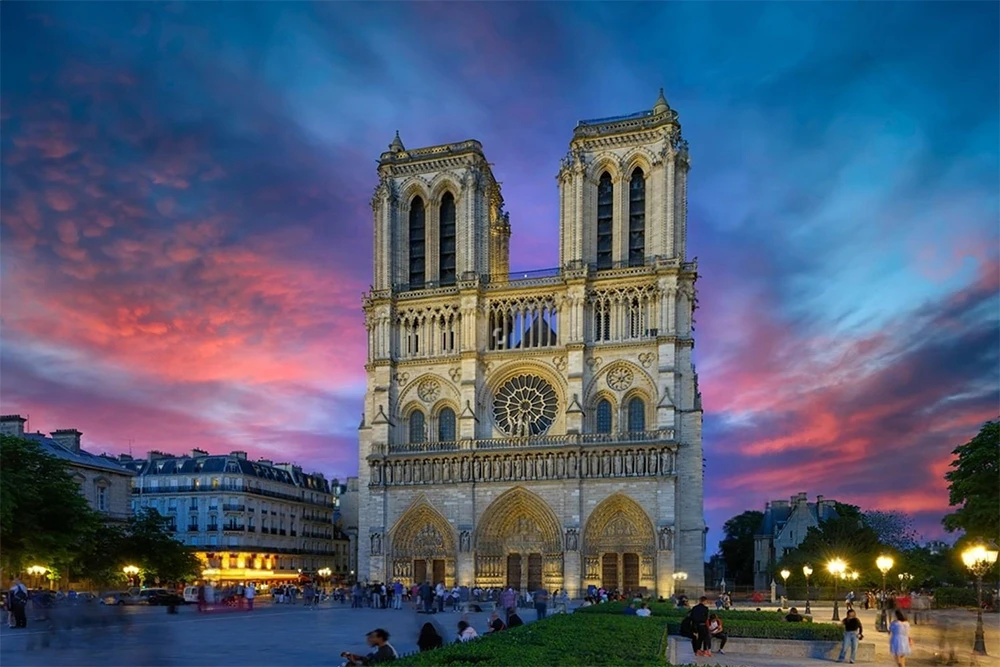
Second oldest subway crowned by unique Art Nouveau gateways
I always smile when the green Métropolitain unfurls over the sidewalk. In Paris, people like to remind you it was Europe’s second ever subway, but it never feels second to anything more like a quiet standard the city set for itself. There’s a hush at the entrance, a mix of damp stone, warm iron, and the faint rush of air rising from below.
The art nouveau gates are famous, sure, but look closely and they don’t repeat themselves. One leans with a shyer curve, another carries glass the color of pale tea, a third lets the R curl a touch more extravagantly. Together they feel like vines that learned the language of iron, swaying just enough to make you notice.
What I love most is the idea behind it: a public utility made with care, each entrance given a little personality, each one a different flourish in the same sentence. It reminds me that beauty belongs in the everyday, and that those small differences can make a city feel softer. I remember passing under one after a light rain and thinking, this is how a place says welcome without a word.
Locals travel far for beloved pharmacy treasures
I always thought those pharmacy lines were just tourists chasing that glassy skin dream. Then a street vendor laughed and said the real rush comes from locals, people who ride in on early trains to stock up when the discounts hit in Paris. Under the blinking green crosses, the air smells faintly of lavender and alcohol; paper bags whisper, chalkboard prices get circled, and everyone speaks the soft language of serums and creams like it’s everyday common sense.
There’s something tender in that scene beauty made ordinary and generous, not a luxury but a ritual. The pharmacies glow like small beacons on rainy corners, promising practical care and a bit of comfort. I remember watching a woman tuck three tubes into her tote the way you’d tuck in a still warm baguette, as if she were carrying home a little well-being for the week.
Maybe that’s why it stays with me: the idea that a city can draw people not just for monuments, but for lotion that soothes, water that calms, prices that make elegance feel possible. Those bottles aren’t trophies; they’re small, daily kindnesses passed hand to hand, quietly trusted, and somehow part of the city’s heartbeat.
The island heart once wore the name Lutetia
Funny how a city can carry an old name like a secret middle name. Long before cafés and terrace chatter, Paris answered to Lutetia – a Roman town gathered tight on the small island at the city’s heart, where stone and water seemed to keep each other company and the air smells faintly of damp history after rain.
I remember learning that and feeling the streets tilt a little, as if the present made room for older footsteps. You can almost hear sandals on rough cobbles and catch a whisper of hearth smoke in the wet river breeze, then notice how the modern city seems to ripple outward from that island, like circles after a tossed pebble. It makes the place feel tender and stubborn at once – born from an island and still shaped by the current of time.
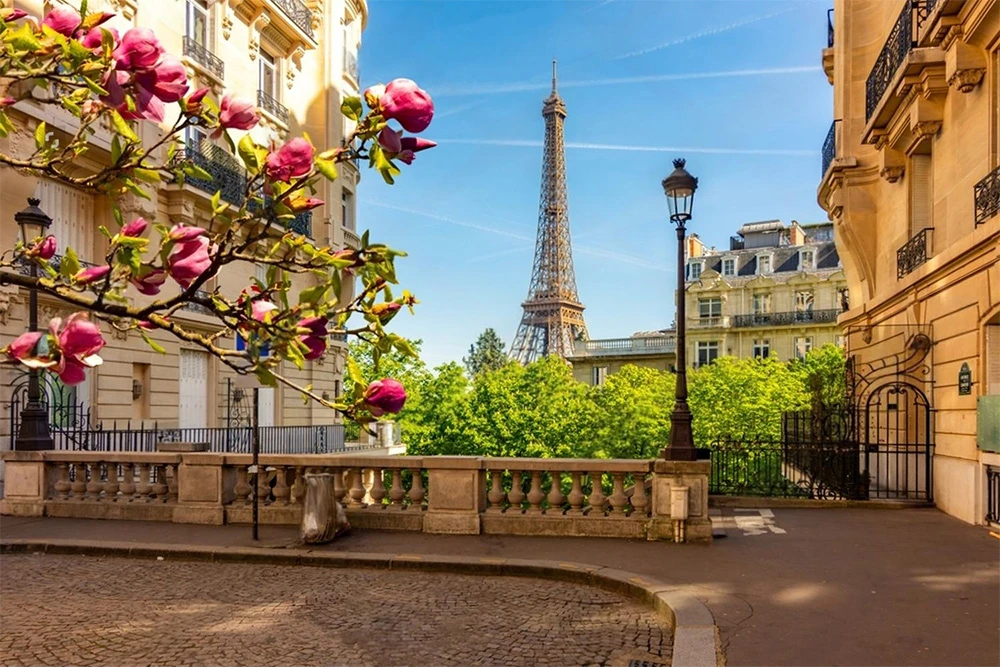
Final thought
In the end, it’s these quiet revelations – the tucked away stories, the fleeting gestures, the beauty hiding in plain sight – that stitch together the soul of Paris. They remind us that a city is more than its monuments; it’s a living, breathing mosaic of moments waiting to be noticed. Like tracing the delicate threads of a tapestry, the more you look, the more layers you find, each one richer and more human than the last. And perhaps that’s the real joy of travel – not just seeing new places, but learning to look closer. Because once you do, the world – and every corner of it – begins to open itself to you in the most unexpected ways.


